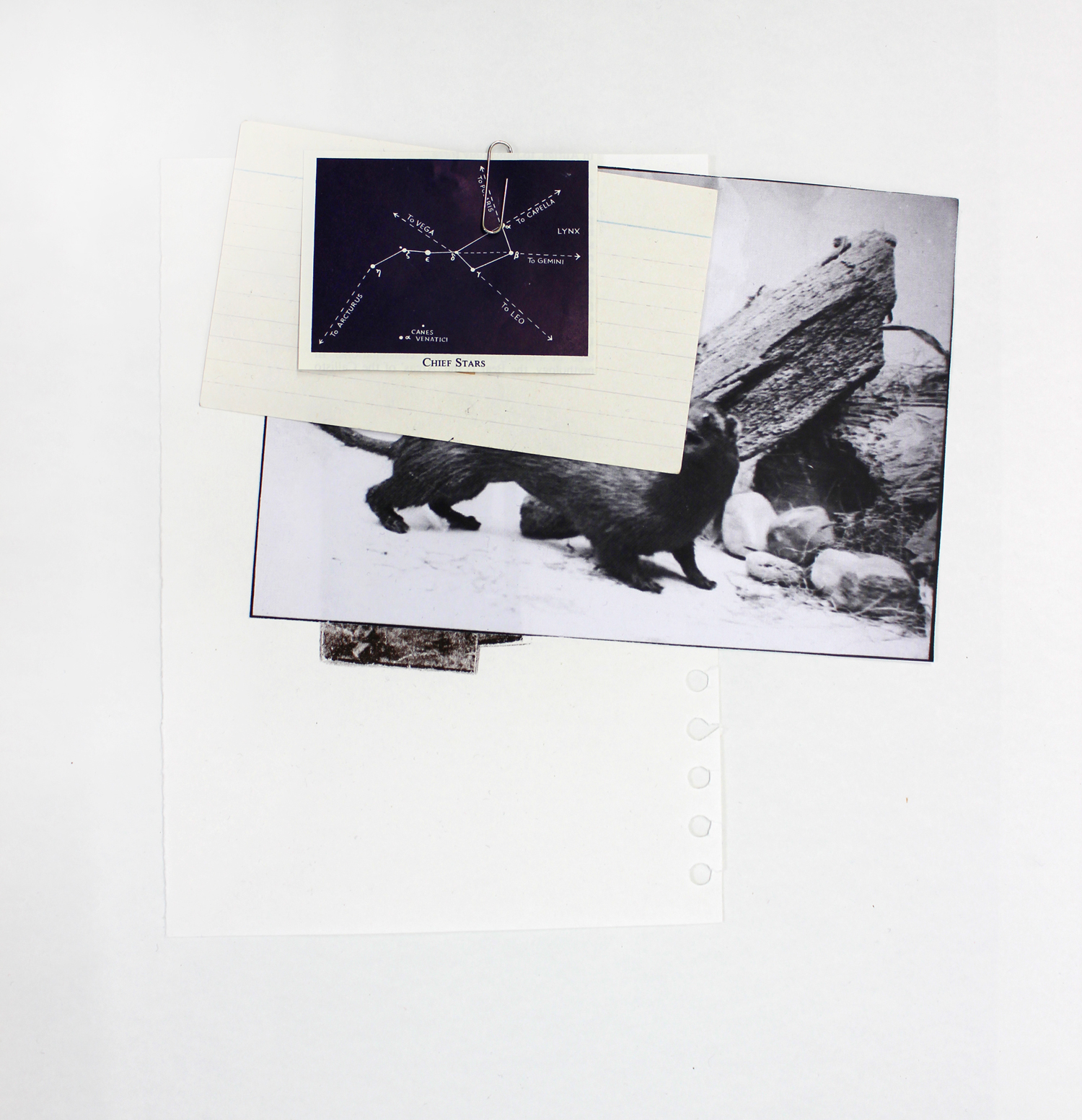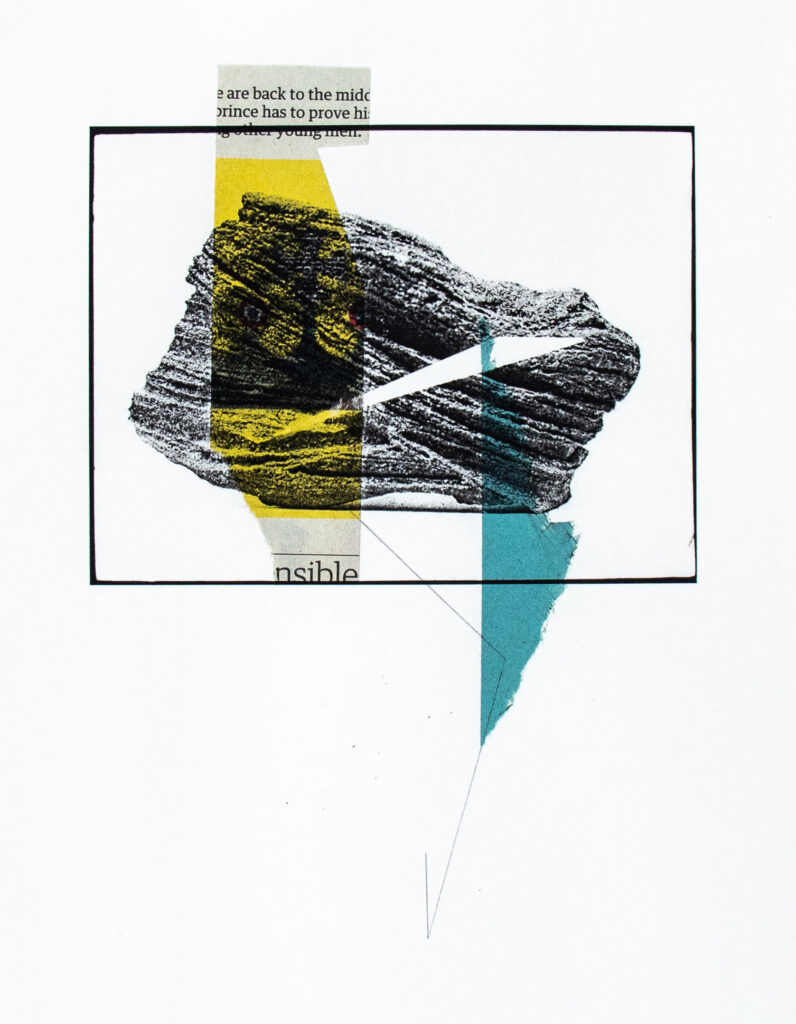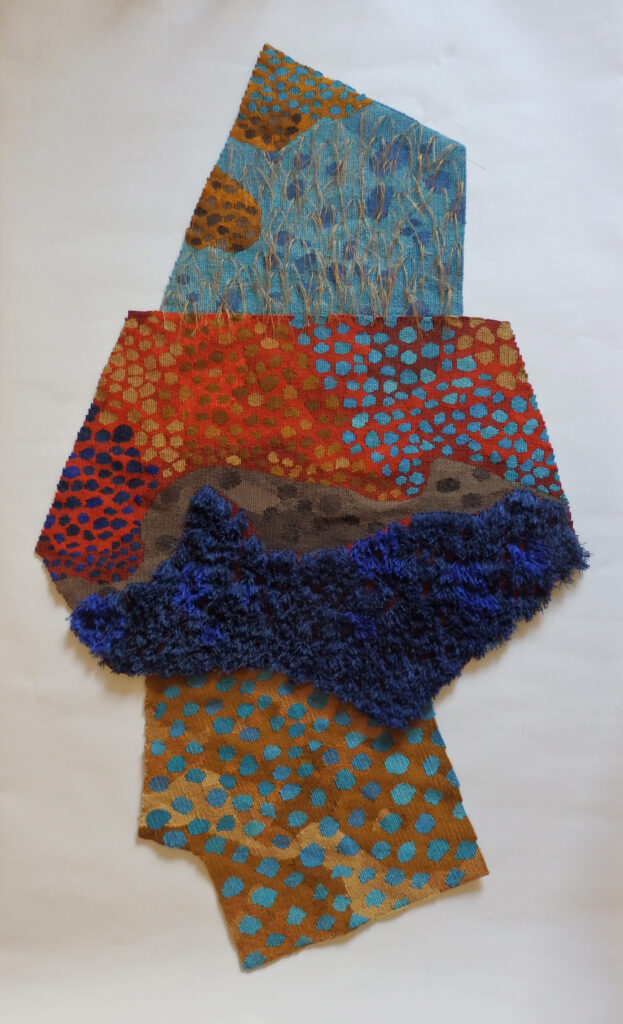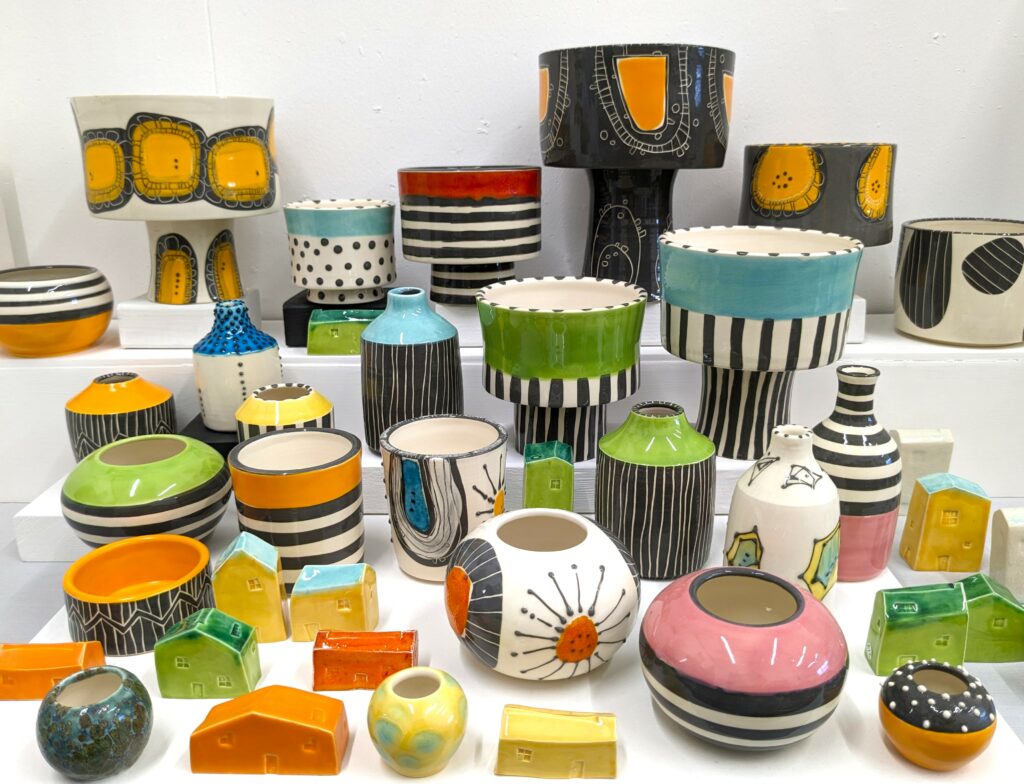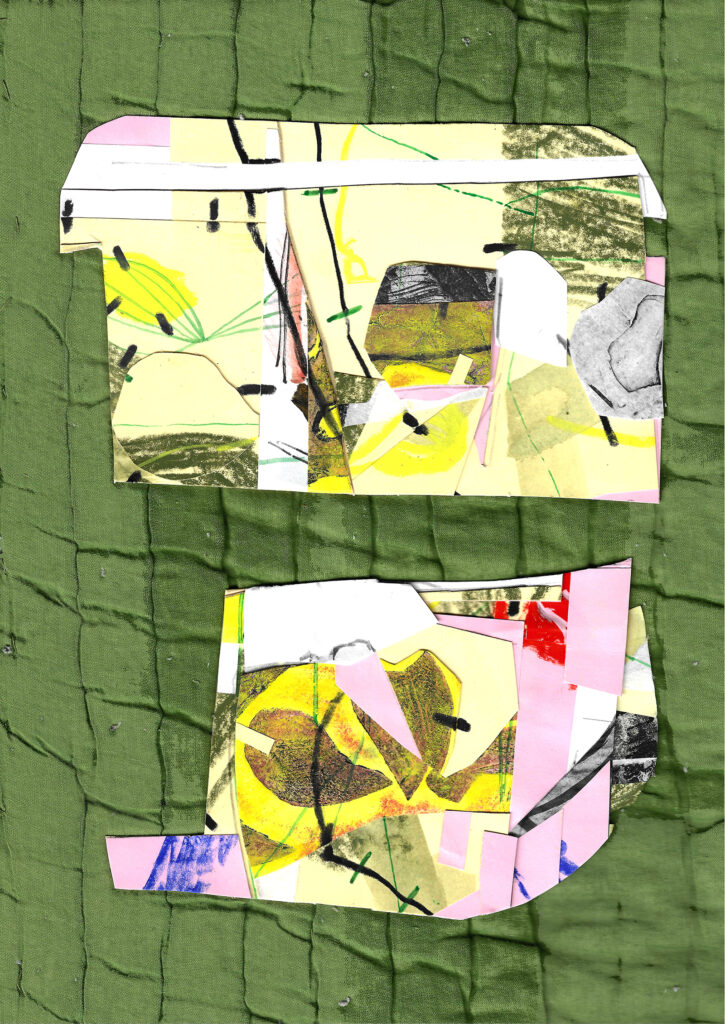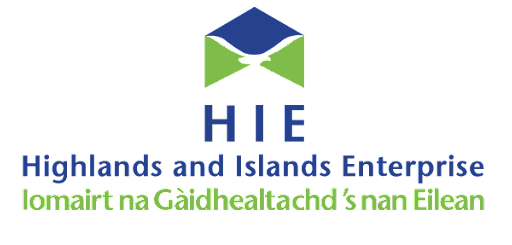Lost labels, lantern slides and objects removed: an archaeology of a museum’s private space.
Let me tell you more about gaps and instability.
As soon as something is built in stone, the monument becomes strong enough to withhold time and to cast legacy and to assert itself solidly.
But unstable structure presents firstly the holes and the uncertainties. The suggestions posed are ready to flex and change, break down and re-emerge. Gaps allow influences to seep in and leak out, like a faulty container. If change is needed, the pieces are gathered and reconfigured.
What are the rules here?
To remove arrogance from legacy.
To remember but not revere.
A library of fragments, made up of traces of absent objects. Things removed. Things to be found elsewhere. Nothing is here and nothing is present.
These unstable towers are built on foundations of whispers. They are ghosts of objects:
socketed axe – flayed chisel – bell – clapper for bell – spoon – spade – Durga – fork – mustard spoon – ring
What does it mean to build a structure of nothingness – of promises and traces and assertions of things elsewhere? I am just shuffling ideas: they build and they collapse and they are rubbed against different traces and order is redressed but nothing is fixed. There are cycles of stability and ruin but these are contained within a context of nothingness. These are just names, just ideas, just absences.
And yet, I build. From the remains of the crumbled tower, I persist in building another: correcting, adjusting, selecting and destroying.
Look at what I am trying to do, I want to say. These outlines, fragments, are something in themselves. Even the ghosts of objects are important.
But it is all tangential, and what does it mean anyway? These are symbols for other things (absent things); but so are the objects they represent – symbols of people and history and place. The museum is a site of shuffling towers: meaning being drawn from fragments, investigations into the lost and intangible, constructions of knowledge based on the delicate relics of the past.
But these scraps hold nothing of the object that they represent. They are only an image or name: a trace at most.
But what of the objects? They too are only glimpses of what they are meant to represent, gathered because they felt important at the time, drawing value from perceived societal significance: colonial and imperial power; craftsmanship; exoticism; uniqueness.
In the museum, they talk about storytelling potential. It marks a shift away from acquisitions to display power, or for research. Now, objects are deliberately chosen as signifiers of movements, people and events outside of the museum walls. They are fragmentary, yes, but they connect to larger narratives through stories woven around them.
And there are problems with collection as storytelling. I read these scraps and like an association test, it reflects back to me my own perceptions of the world.
I should not be telling you what I think.
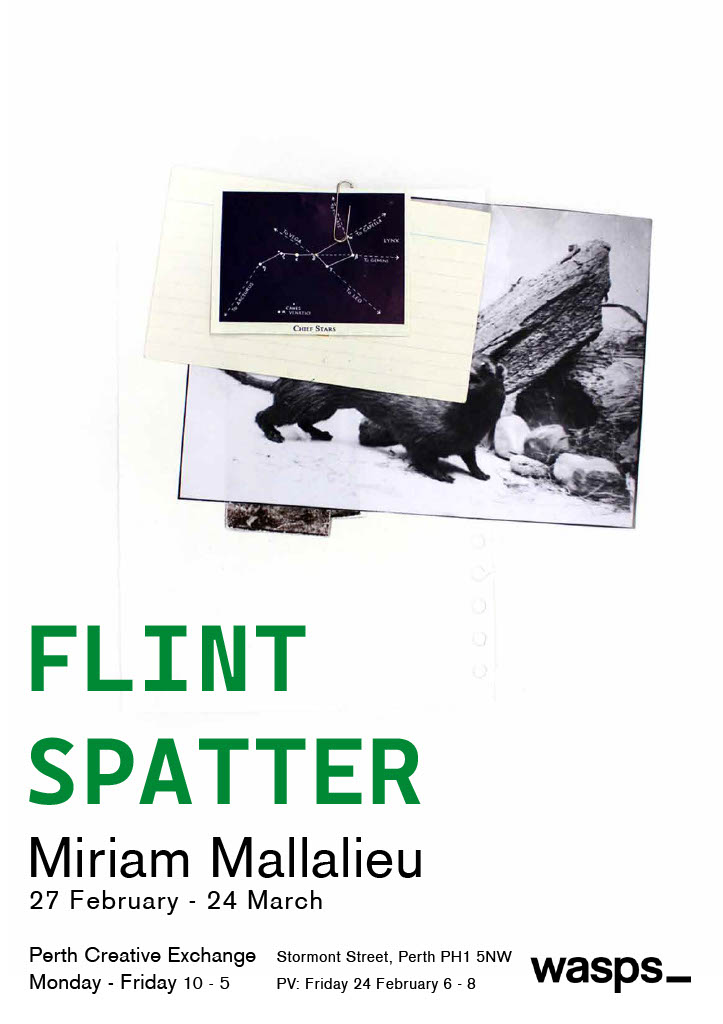
Exhibition
Event Details
Date: February 27 - March 24
Time: Monday-Friday, 10am-5pm
Address:
Perth Creative Exchange
Stormont Street
Perth
PH1 5NW
